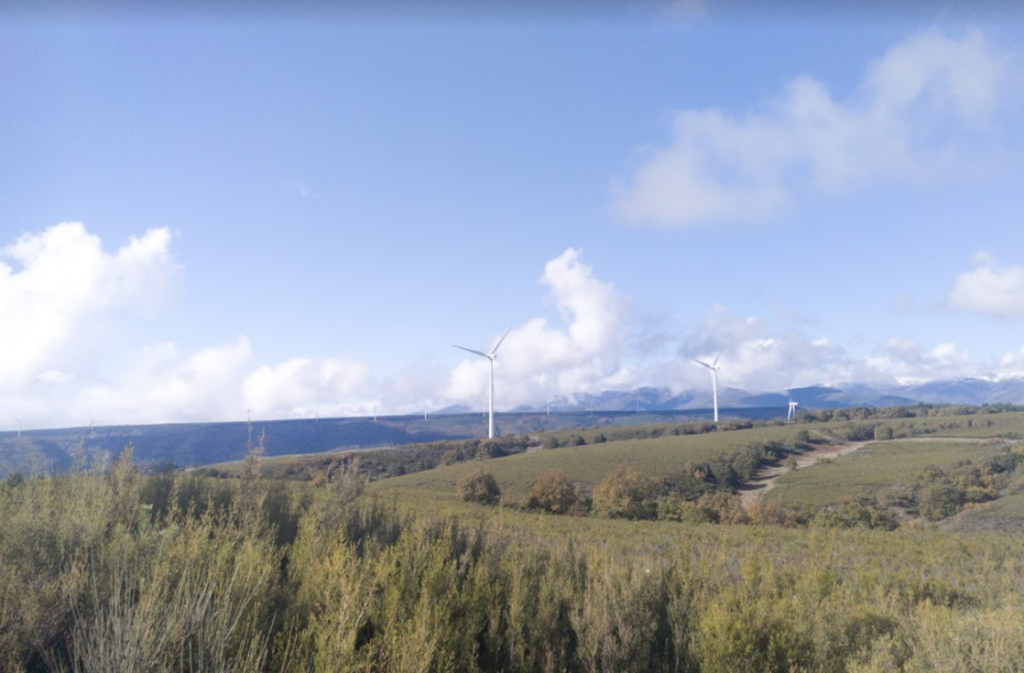Alberto de Vera Núñez. Student at UPM.
I have started to investigate about the wind farms that are implanted within the national territory, as it seems to me a quite interesting form of renewable energy. When I read about several of them I found out that there is a big problem around it, and it is that when they are near ZEPA or LIC areas.
Many works after having started or before that were paralyzed by the corresponding institutions. All this after they had the licenses and the EIAs approved, but they were stopped because of their proximity to the Natura 2000 Network.
This Natura 2000 Network, in case anyone does not know, is the largest ecological infrastructure in the world, which includes, among others, the SPAs (Special Protection Areas for Birds). This makes them guarantee biodiversity in the European Union by conserving natural habitats.
There are many cases in which wind farms already installed and operating have been paralyzed. I have noticed one park in particular, the Parque Ecológico Peña del Gato, which has been paralyzed due to the presence of capercaillie.
Legally, they blame it on the fact that there are “many indeterminate legal concepts” in the application to wind farms when evaluating them on the Natura 2000 Network, and the solutions presented are many and for me there are none in particular.
Among other conflicts, there are the judicial ones, which highlights notably Castilla y León, which has filed many appeals against parks due to their proximity to the Natura 2000 Network as ZEPA, this has led to the paralysis in 2019 of many parks in operation, both the park and the high voltage evacuation infrastructure.
The authorizations of the Park I am studying were annulled by the Supreme Court in 2015.
This Wind Farm (Peña del Gato) that I have not commented before, is in León, northwest of Villagatón and north of Brañuelas. It has an area of 14 ha, and has 33 three-bladed wind turbines, these are generated among themselves by buried conductors and form four lines of 20 kV, these reach the substation that raises the voltage to 132 kV, and through an overhead line of 12 km to the future station.

Photo 1. Location of the Park (Source: Google Earth)
Currently, this Park is blocked. All this, in addition to the confusion of the Administration, as well as the investing companies, leads to many claims.
The main cause of the conflict in the area is the figure of the Capercaillie, of the Cantabrian subspecies, which is not entirely clear. Since these parks cause disturbance to seabirds and steppe birds, especially migratory ones.
As I saw that it was largely paralyzed by the presence of the Cantabrian Capercaillie I have searched for information about it, and it is a species that normally travels on foot and the flights it makes are of small length and without taking height, besides being a species of great skill flying at low altitude in very dense forest areas of trees, and as seen in the “Photo 2” I consider that the wind turbines are far enough apart so that there may be a collision.

Photo 2. Peña del Gato Park (Source: Google Earth)
As can be seen in the photo, I do not consider that there could be any impact of the Capercaillie with the wind turbines, not to mention the density of vegetation.
If this is the reason for the cessation of the activity of the Park, I am not convinced.
In the chosen case, wind energy is not just another economic activity to be evaluated environmentally as it is done with other projects, plans and programs, but I consider it as a decisive part of the short-term alternative of renewable energies to contribute to the environment, our atmosphere, our planet and people’s health.
Therefore, it is a matter of priority interest at international, European and Spanish level, based on scientific data and not opinions. I believe that it is necessary to establish a clear legal framework on the subject, and in this way find a middle ground between the conservation of natural areas and the development of sustainable energy.
